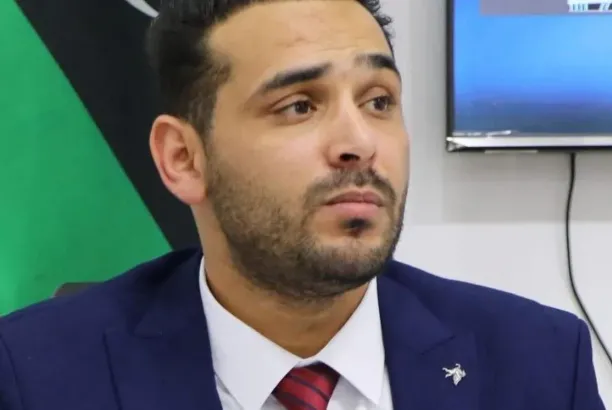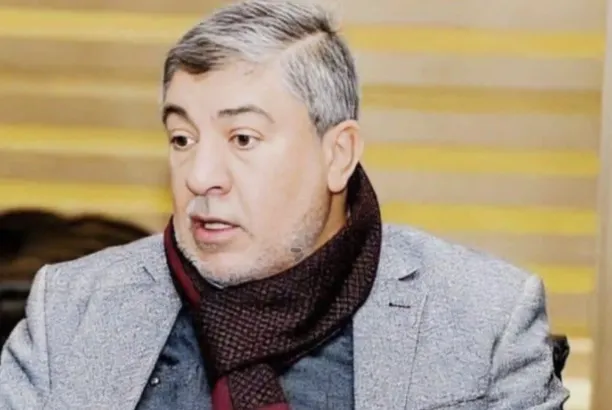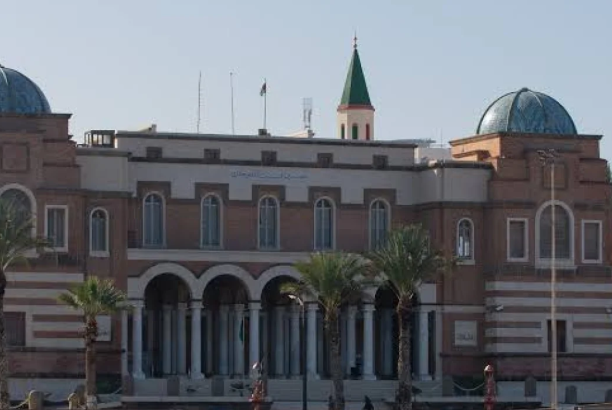
| News
Anas Al-Ameen: Libya’s Options Between Full Float and Managed Float—Which Path to Strengthen the Dinar and Diversify the Economy?
Professor of Economics Anas Al-Ameen wrote: Libya’s options between full float and managed float—Which path to strengthen the dinar and diversify the economy?
Libya today stands at a critical crossroads: Should it open the door to a full currency float (Full Float), as Egypt did, or opt for a managed float (Managed Float) following Morocco’s path?
This decision is not merely monetary policy—it will shape Libya’s economy for years to come, affecting inflation, foreign investment, dinar stability, and even Libya’s ability to diversify its economy and build stronger economic complexity indicators.
The Libyan Context
The economy is still overwhelmingly rentier: oil accounts for more than 90% of state income.
- Official inflation is relatively low (around 1.7% mid-2025), but the reality is different: the parallel market prices the dollar at 8 dinars versus the official rate.
- This gap reveals the fragility of the current monetary system, and the lack of local production leaves Libya dependent on imports.
Full Float – The Egyptian Model
Advantages:
- Ends the black market by letting supply and demand determine the rate.
- Gives the central bank freedom to use interest rates to control inflation.
- Sends a confidence signal to investors and international institutions.
Disadvantages:
- Major inflationary shock at the outset—food and energy prices rise immediately.
- Risk of speculation amid weak institutions.
- Social costs require strong safety nets for vulnerable groups.
Managed Float – The Moroccan Model
Advantages:
- Relative stability that reassures investors and businesses.
- Reduces transmission of exchange rate volatility to local prices.
- Shields the economy from oil price shocks or external crises.
Disadvantages:
- Requires strong reserves and constant central bank interventions.
- Can create an unrealistic exchange rate if pegged too long.
- Attracts foreign investment more slowly than a free float.
Impact on Economic Complexity
- Egypt: After the 2016 float, despite high inflation (reaching 13.6% in 2025), it attracted major investments in energy and infrastructure and achieved partial export diversification.
- Morocco: Since 2018, it pursued gradual reform, focusing on industries like cars, aviation, and renewable energy, climbing the global economic complexity index.
- Libya: Still lags far behind, due to near-total dependence on oil and weak industrial capacity.
A Proposed Roadmap for Libya
- Fiscal Reform: Control spending, restructure subsidies, and reduce the deficit.
- Clear Monetary Framework: Inflation targeting if full float is adopted, or a crawling peg system if managed float is chosen.
- Attract Foreign Investment: Through flexible legislation, infrastructure improvements, and political stability.
- Economic Diversification: Develop agriculture, manufacturing, renewable energy, and financial services.
- Boost Economic Complexity: Build productive and technological capacities to enable higher value-added exports.
Conclusion
The choice is not purely “technical”—it is a long-term strategic decision.
- Egypt proved that full float attracts capital but leaves citizens under inflationary pressure.
- Morocco showed that managed float provides relative stability and allows gradual industrial base-building.
For Libya, a phased approach may be best: start with a gradual managed float, and over time—once a productive base and stronger monetary institutions are built—transition toward a full float with greater confidence and social safety nets in place.





